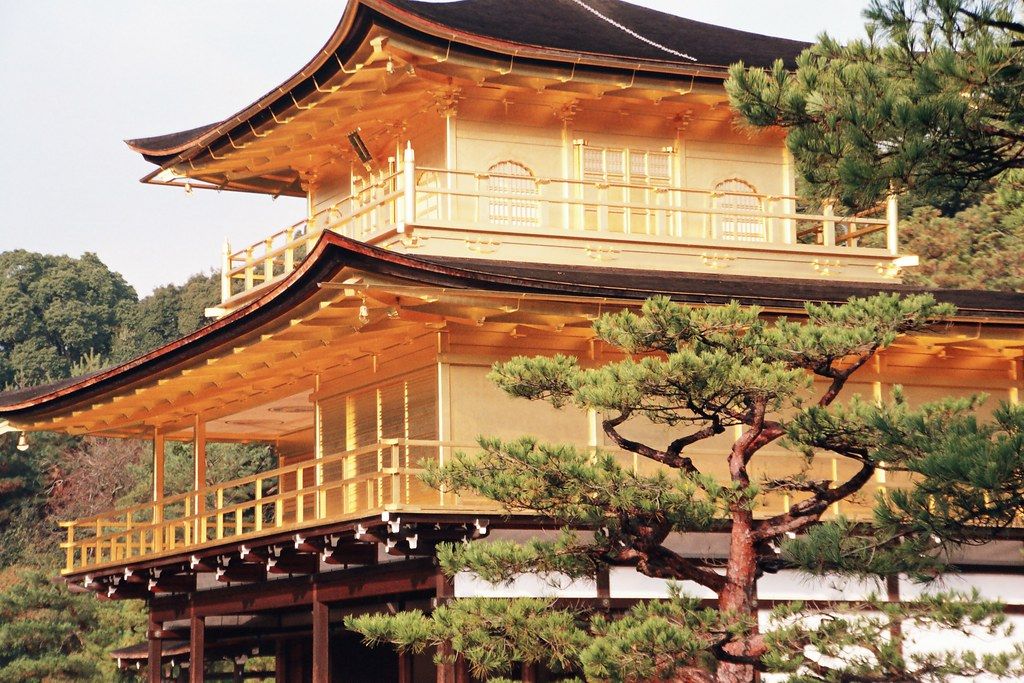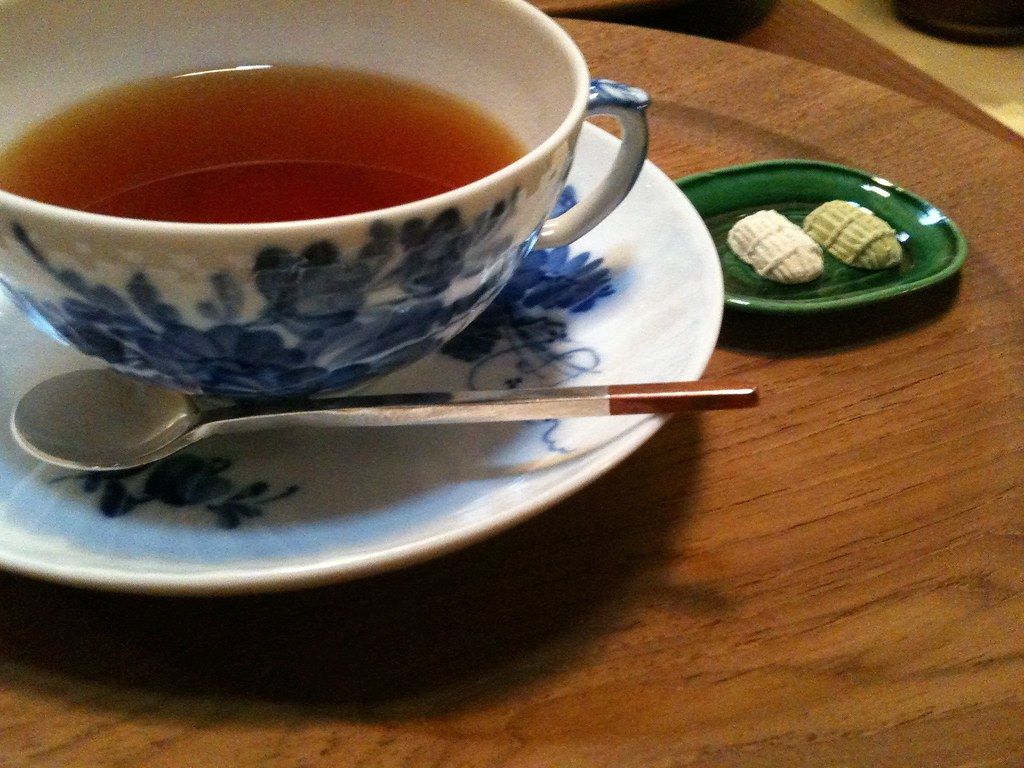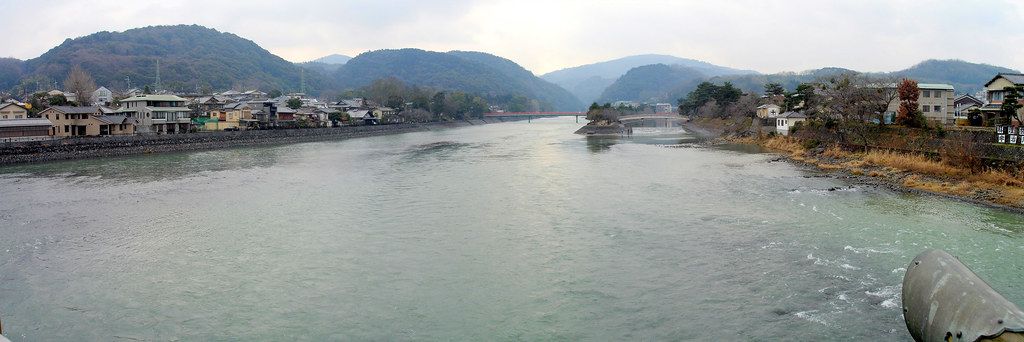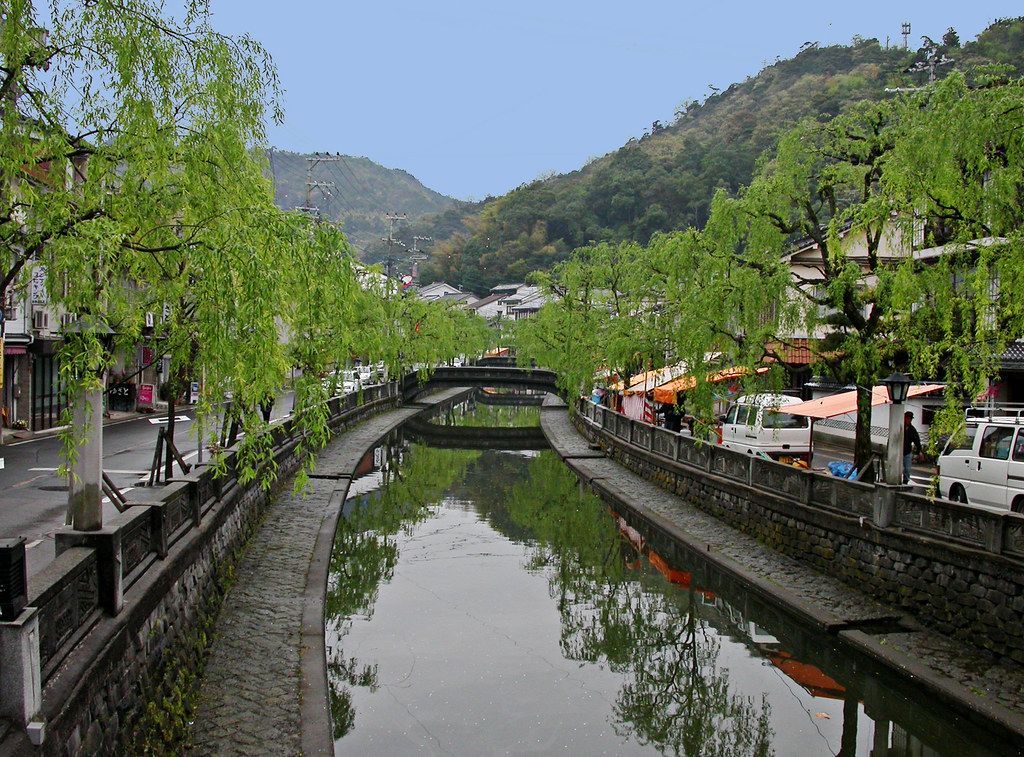About Kyoto, Japan
Kyoto is a city located in the Kansai region of Japan's Honshu island and serves as the capital of Kyoto Prefecture. With a population exceeding 1.4 million, it is renowned for its historical significance as Japan's imperial capital for over a millennium. As a travel destination, Kyoto offers a rich tapestry of ancient temples, traditional wooden houses, and classical gardens, providing visitors with an immersive cultural experience.
Main Points of Interest in Kyoto
- Kinkaku-ji (Golden Pavilion): A Zen Buddhist temple covered in gold leaf, surrounded by beautiful gardens and a tranquil pond.
- Fushimi Inari Taisha: Famous for its thousands of red torii gates leading up Mount Inari.
- Kiyomizu-dera: A historic temple known for its wooden stage offering panoramic views of Kyoto.
- Arashiyama Bamboo Grove: A scenic forest path lined with towering bamboo stalks.
- Gion District: Traditional geisha area with preserved wooden machiya houses.
Climate and Best Times to Visit Kyoto
Kyoto experiences a humid subtropical climate with four distinct seasons. The best times to visit are in spring (March to May) and autumn (October to November), when temperatures range from 10°C to 20°C (50°F to 68°F) and the city is adorned with cherry blossoms or vibrant fall foliage. Summers can be hot and humid, while winters are cold with occasional snow.
Budget and Travel Costs in Kyoto
Kyoto offers a range of options for various budgets. Prices are estimates (approx. 110 JPY to 1 USD).
- Accommodation:
- Hostel Dorm Bed: $20 - $40 USD (2,200 - 4,400 JPY) per night.
- Mid-range Hotel: $80 - $150 USD (8,800 - 16,500 JPY) per night.
- Food & Drink:
- Casual Ramen Meal: $8 - $12 USD (880 - 1,320 JPY).
- Traditional Kaiseki Dinner: $100+ USD (11,000+ JPY).
- Activities:
- Entrance to Temples: $3 - $6 USD (330 - 660 JPY) per site.
- Kimono Rental: $30 - $50 USD (3,300 - 5,500 JPY) per day.
Transportation To and From Kyoto
Kyoto is a central transport hub, easily accessible by various modes of transport:
- Airports: Osaka's Kansai International Airport (KIX) and Itami Airport (ITM) are the nearest major airports.
- Rail: The Tokaido Shinkansen connects Kyoto Station with Tokyo and Osaka, offering efficient travel.
- Local Transport: Visitors can utilize buses, taxis, and bicycles for convenient travel within the city.




